Ludwigia palustris
Scientific name: Ludwigia palustris
Family: Onagraceae
Maximum size reached under cultivation: 20 - 80 cm (7.87 - 31.5 inch)
014
Recommended pH range: 6.5 - 7.5
Recommended water hardness: 10 - 20°dGH (178.57 - 357.14ppm)
0°C 32°F30°C 86°F
Recommended temperature range: 15 - 25 °C (59 - 77°F)
Preferred propagation method: Cuttings
Native to: North America
Growth rate: Fast
Recommended substrate: Fine gravel
Lighting requirements: Bright
Ideal placement in tank: Background
Common Name
Ludwigia Narrow Leaf
Origin
Ludwigia palustris is native to Europe, Asia, North Africa, and North America. It typically grows in marshes, ponds, stream margins, and other shallow wetlands. In its natural habitat, it thrives in both fully submerged and emergent conditions, making it highly adaptable to aquariums and paludariums alike.
Growing Conditions
This plant can grow in both submerged and emersed conditions. Submerged growth is preferred in aquariums, where it develops narrow, elongated leaves with reddish to purple hues, especially under bright lighting. In emersed form, the leaves are smaller and greener, and the plant may even produce small yellow flowers.
Ludwigia palustris prefers a nutrient-rich fine gravel substrate and benefits from the use of CO2 supplementation for more intense coloration and compact growth. It grows best in a temperature range of 15 - 25 °C (59 - 77°F) and within a pH range of 6.5 - 7.5.
Planting Area
Due to its height (up to 80 cm), Ludwigia palustris is ideal for the background of the aquarium. In well-lit tanks, it forms beautiful red or bronze vertical stems that provide contrast and visual interest. Regular trimming encourages bushy growth and prevents shading of other plants.
Propagation
This plant is easily propagated by cuttings. Cut a healthy stem tip or lateral shoot, remove the lower leaves, and plant it gently into the substrate. The cutting will root within a few days and grow into a new plant. Pruned stems on the mother plant often produce side shoots (lateral shoots), which can also be used for propagation.
Difficulty
Ludwigia palustris is moderately easy to grow but does best in tanks with good lighting and regular fertilization. It’s suitable for both intermediate and experienced aquarists. While not demanding, insufficient light or nutrients can cause color loss and leaf drop.
Short Description
Ludwigia palustris, commonly known as Narrow Leaf Ludwigia, is a fast-growing aquatic plant known for its vibrant red to purple coloration under strong lighting. It can be grown both submerged and emersed, making it versatile for aquascaping and paludarium use. This species thrives in a nutrient-rich environment and responds well to trimming, which encourages bushier growth. Its ability to form dense stands in the background makes it a popular choice among aquarists looking to add color and depth to planted tanks.
Frequently Asked Questions
-
Can Ludwigia palustris grow without CO2?
Yes, it can grow without CO2 supplementation, but its coloration and growth rate will be significantly reduced. For intense red hues and compact growth, CO2 is highly recommended. -
Why are the leaves of my Ludwigia palustris turning green?
This usually indicates insufficient light or a lack of nutrients—especially iron. Boost your lighting intensity and consider using a liquid fertilizer that includes micronutrients. -
Is Ludwigia palustris suitable for beginners?
It’s considered moderately easy to care for. With proper lighting and nutrition, even dedicated beginners can successfully grow it. -
Can Ludwigia palustris grow emersed?
Yes, it grows well in emersed conditions and may produce small yellow flowers when grown above water in paludariums or wetland setups. -
How do I propagate Ludwigia palustris?
Take a healthy stem or lateral shoot, remove the lower leaves, and gently plant it into the substrate. It will root quickly under proper conditions.
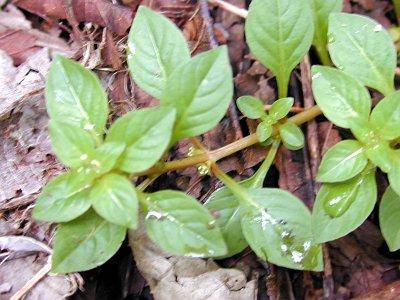
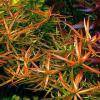 Ludwigia brevipes
Ludwigia brevipes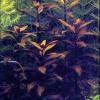 Ludwigia glandulosa
Ludwigia glandulosa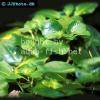 Ludwigia helminthorrhiza
Ludwigia helminthorrhiza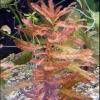 Ludwigia inclinata
Ludwigia inclinata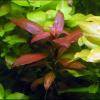 Ludwigia peruensis
Ludwigia peruensis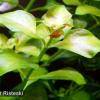 Ludwigia repens
Ludwigia repens